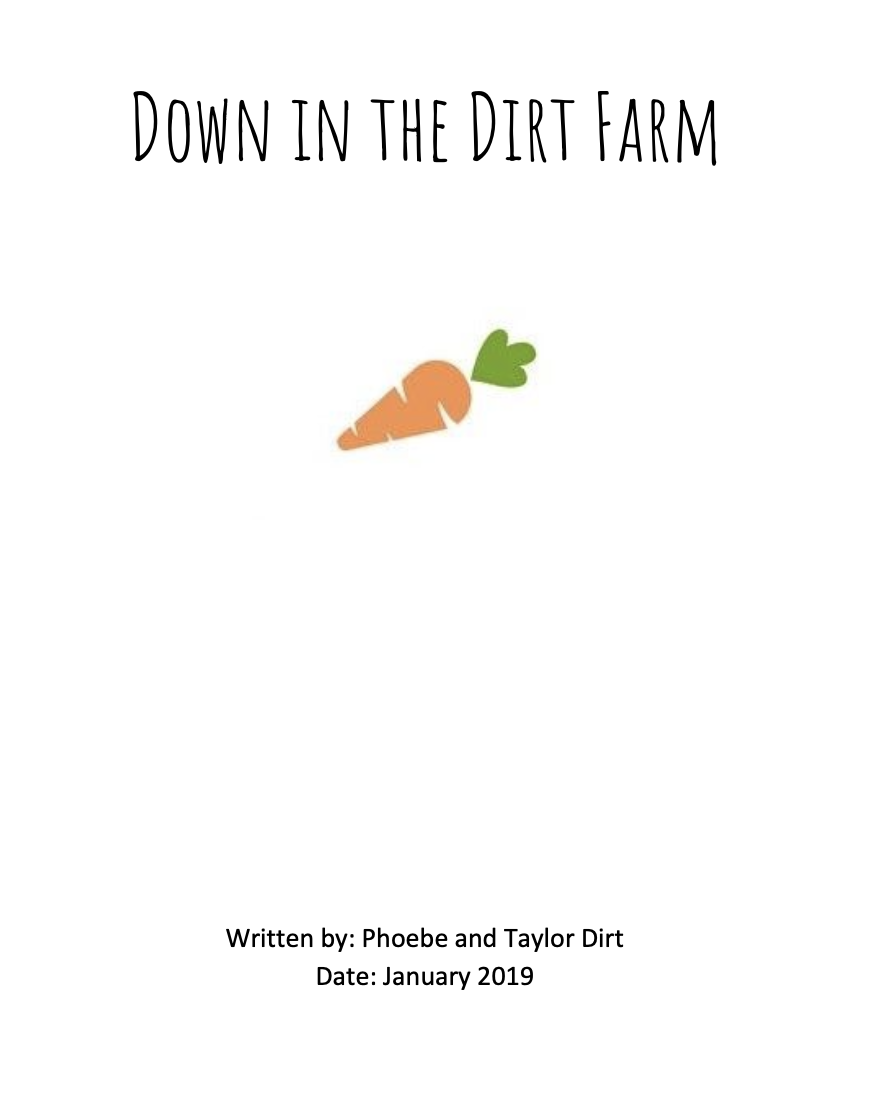Down in the Dirt Farm
The goal of this document is to serve as a sample business plan for an early stage farm business.
In this example, the farmers are preparing to finance a new farm purchase. After leasing land and growing their markets for three years they are ready to start building equity through ownership and continue growing their diversified business on a larger property. They describe their expansion plans, new and existing market opportunities, and financial projections and strategies.
As is common for a new farm operation this plan reflects a couple of distinct challenges faced by beginning farmers. The land purchase would be quite challenging and require a very flexible lender due to relatively small amount of equity the couple has to secure their loans. Their post-purchase balance sheet indicates that with the land purchase they would have no remaining capacity to access additional funds. This is paired with somewhat optimistic projections which result in a very risky position for any farmer to be in.
Notice that this plan is clear and concise. Try to limit the plan to tangible, actionable ideas with concrete implementation steps and clear metrics of success. If you do include concepts or values make sure they are directly relevant to the core concepts of the plan. Your goal with a business plan is to demonstrate to yourself and others that you have a clear path to meeting your farm’s financial and production goals.
You should also take into account the intended audience of the plan. If the plan is intended for use in applying for financing it may be very different from a plan for internal strategic planning. If a lender is the intended audience, then more emphasis would be put on the financials demonstrating capacity and credibility. An internal plan may be more focused on detailed analyses and establishing a plan to meet long-term goals.
